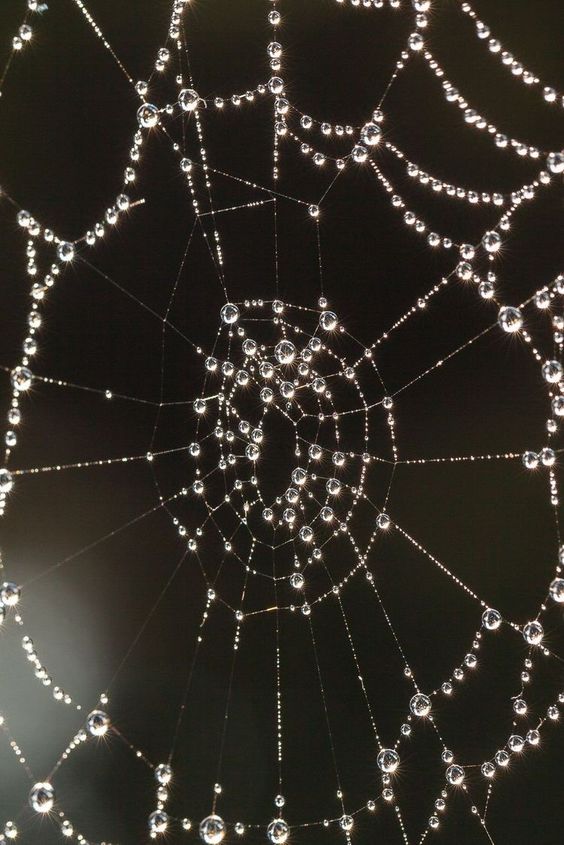Climate engineering or commonly Geoengineering, is the deliberate and large-scale intervention in the Earth’s climate system. The main category of climate engineering is solar geoengineering or solar radiation management. Solar geoengineering, or solar radiation modification, aims to reflect some sunlight (solar radiation) back to space to limit or reverse human-caused climate change.
The term ‘Chemtrails’ is largely ridiculed by the general population, but the methods of Stratospheric Aerosol Injection (SAI) are nothing new and have been postulated in length by scientists and political officials since 1965.
What is Stratospheric Aerosol Injection (SAI)?
Stratospheric aerosol injection is a proposed method of solar geoengineering (or solar radiation modification) to reduce human-induced global warming. This would introduce aerosols into the stratosphere to create a cooling effect via a term coined “global dimming”. Essentially, the aim is to create an aerosol blanket inside the Earths stratosphere which will reflect sunlight and solar radiation back into space limit or reverse human-caused climate change.
What are the proposed materials used as Stratospheric Aerosol Injection (SAI)?
Sulfur, in its various forms.
Sulfur is the tenth most abundant element by mass in the universe and the fifth most on Earth. Historically and in literature sulfur is also called brimstone, which means “burning stone”.
Today, almost all elemental sulfur is produced as a byproduct of removing sulfur-containing contaminants from natural gas and petroleum.
The greatest commercial use of the element is the production of sulfuric acid for sulfate and phosphate fertilizers, and other chemical processes. Sulfur is used in matches, insecticides, and fungicides.
Many sulfur compounds are odoriferous, and the smells of odorized natural gas, skunk scent, grapefruit, and garlic are due to organosulfur compounds. Hydrogen sulfide gives the characteristic odor to rotting eggs and other biological processes.
Are Stratospheric Aerosol Injections Currently Feasible?
Geoengineering.global, a website dedicated to advancing the mitigation of Climate Change and Global Warming through Geoengineering, says “Stratospheric Aerosol Injection is feasible with existing technologies. It could also be implemented in a very short period of time and at a relatively low cost.”
They continue, “Because stratospheric aerosols naturally fall out of the atmosphere, the benefits/effects of this approach are temporary, generally lasting between 1 to 2 years. It is considered relatively safe for the environment because volcanoes have been injecting sulfate aerosols into the stratosphere for eons and the biosphere naturally processes sulfates using multiple pathways in the sulfur biogeochemical cycle”
Besides sulfate, Geoengineering.global notes other reflective aerosols that are being considered for this solar radiation management approach. These aerosols include black carbon, metallic aluminum, aluminum oxide and barium titanate (Effiong and Neitzel, 2016)

So could geoengineering be the solution to climate change, relieving us of the hassle of cutting back on fossil fuels?
Technologyreview.com states a resounding “No”.
“It does little to address other climate dangers, notably including ocean acidification, or the considerable environmental damage from extracting and burning finite fossil fuels. And greater levels of geoengineering may increase other disruptions in the climate system, so we can’t just keep doing more and more of it to offset ever rising emissions.”
In addition, Sulfur, the proposed material used in SAI is a by product of fossil fuels, so in order to use this technology we would still be heavily reliant on the creation of carbon emissions.
Are there possible side effects of Solar Geoengineering?
Solar geoengineering in general poses various problems and risks including, but not limited to: Ozone Depletion, Whitening of the Sky, Acid Rain, Ecological Consequences, and Mixed Effects on Global Agriculture. Other concerns would be the governance of such a controversial technology.
Is Climate Engineering happening today?
The definition of “Climate Engineering” is a large scale, deliberate intervention into the Earth system to mitigate the effects of negative impacts of climate change. And while no large scale, deliberate intervention of the global climate has been documented that doesn’t deter scientist from observing the effects.
Most of what is known about the suggested techniques are based on laboratory experiments, observations of natural phenomena, and computer modeling techniques.
However some countries are taking weather control into their own hands, and although it may sound straight out of a science fiction novel, the future of weather could be in a dire state.
China has glorified its use of weather modification technologies for the Beijing Olympics by turning millions of gallons of water into fake snow for its athletes and promising to create rain, disperse storms and turn the sky blue.
China has also made headlines in their controversial nuclear fusion ‘artificial sun‘ which burns five times hotter than the sun (70,000,000° C / 158,000,000°F) inside the Earths atmosphere.
Cloudseeding is another very real and often used technology where a substance — salt, or silver iodide, or dry ice — is fired into a cloud to enhance precipitation. The U.A.E. is exploring this technology because its climate is dry and hot, and getting hotter as the planet warms. The risks and concerns surrounding Cloudseeding aren’t any better than those surrounding SAI, claims Alan Robock.
Risks or concerns like unwanted ecological changes, ozone depletion, continued ocean acidification, erratic changes in rainfall patterns, rapid warming if seeding were to be stopped abruptly.
References | Climate Engineering | Stratospheric Aerosol Injection | Technology Review | Geoengineering Global | Sulfur | Forbes | Cloudseeding |






